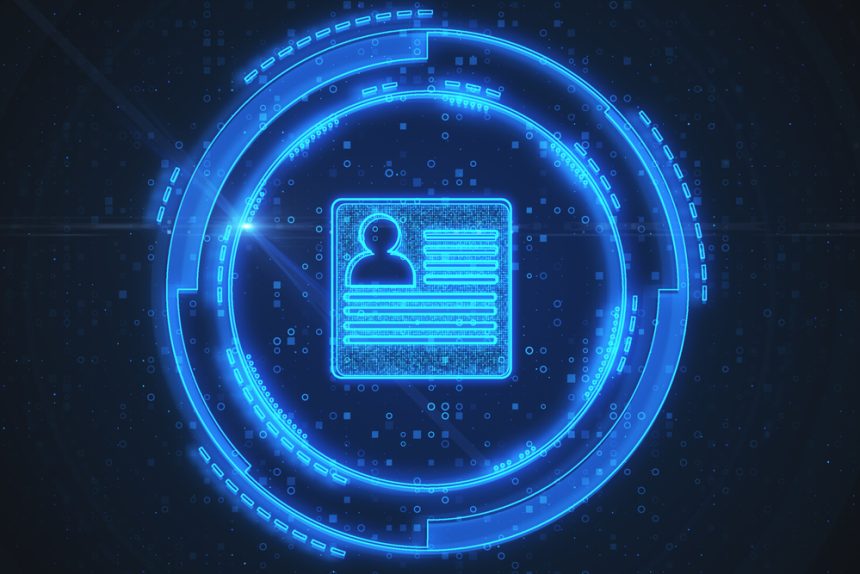Your digital identity is a small bundle you carry online name, birthday, biometrics, address, government IDs, and more. It isn’t just one handle; it’s a set of claims that, together, say “this is me.” Centralized systems haven’t kept up. Password fatigue sets in. Manual account setup and removal invite mistakes. Data rules are foggy, so third parties often see too much. As devices and browsers multiply, so do openings for attacks. Slow patching leaves known bugs exposed. Your information scatters across services that keep asking for KYC again, and when one big provider is breached, damage can spill across millions of accounts.
Self sovereign identity (SSI) takes a different tack give control back to the person. You generate and hold your own identifiers; a ledger anchors them without putting sensitive files on-chain. Issuers publish cryptographic proofs verifiable later without revealing raw documents. Consent is programmable: choose who sees what and for how long. And smart contracts can pair verification with actions like payments or access. The standards stack includes W3C DIDs and DID Documents (for keys and metadata), wallets that manage credentials and share selective proofs, and resolvers or hubs that translate identifiers for verifiers.
Imagine a short path. University issues a diploma to your DID → you store it in your wallet → during a job application, you present a tamper-evident proof → the employer checks it instantly no phone calls, no PDFs, no middlemen. Principles keep the person in the center platform independent, user controlled, available, transparent, persistent, portable, interoperable. Consent first. Share the least data needed. Protect privacy and security.
Why bother? Because it cuts friction and risk. Finance trims repetitive onboarding and fraud while staying compliant. E-commerce sees fewer chargebacks and scams. Governments digitize licenses and benefits without mountains of paper. Patients carry health records across providers. Insurers process claims with verifiable, tamper evident evidence. Border control and travel lean on privacy preserving documents. Creators link works to cryptographic identity for provenance. Under the hood, tools are maturing: Hyperledger Indy and Aries for credential exchange, Corda for regulated workflows, Ethereum for programmability; plus Sovrin, Civic, uPort, Bloom, SelfKey, Jolocom, and Nuggets exploring wallets, issuers, and verification markets.
But, yes, tough problems remain. Who gets trusted and how is that trust earned or lost? Keys are human; people forget or misplace them, so recovery and sometimes custodial options must balance control with safety. Credentials have to be revocable and updatable without leaking hints. These systems need to scale and still be friendly to non experts. And even limited use of public ledgers can create correlation trails unless designs are privacy first.
Here’s the quick ledger. Pros user controlled, consent-based sharing; fewer breaches through minimal data and cryptographic proofs; reusable credentials that cut onboarding and compliance costs; open standards (DIDs/VCs) for cross border interoperability; privacy via selective disclosure and zero knowledge proofs.
Cons key management is hard and loss can be severe; trust bootstrapping is tricky; revocation, updates, and recovery are delicate; adoption and UX still have work to do; public ledgers can create linkage risks.
And a note of caution on governance. Once digital ID rails exist, pressure tends to rise universal identifiers that collapse context, forced broad disclosures that override selective disclosure designs, “lawful access” backdoors, blacklist/whitelist controls on daily life, and long term retention of verification logs. The ratchet effect is the worry powers granted in emergencies have a way of sticking around.






















